Finding Its Rhythm
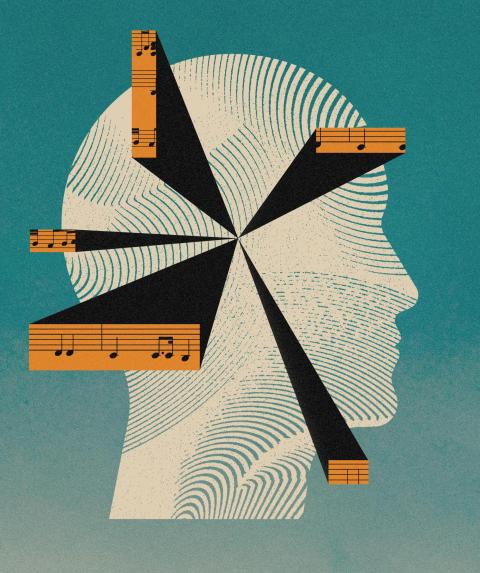
It was only 15 years ago that music therapy was still considered to be at the periphery of medical practice. At the time, Rich Abante Moats was at Berklee, studying to enter the field.
“There were hardly any music therapy departments in hospital settings,” she says. “It was even more rare to see a music therapist who had an administrative role over a department.” But today, as director of Integrative and Creative Arts Therapies at AdventHealth in central Florida, Moats B.M. ’07 M.A. ’19 oversees a team of 12 music therapists who work with adults and children in a variety of inpatient and outpatient hospital settings: ICUs, surgery, oncology, neurology, COVID, and neonatal units.
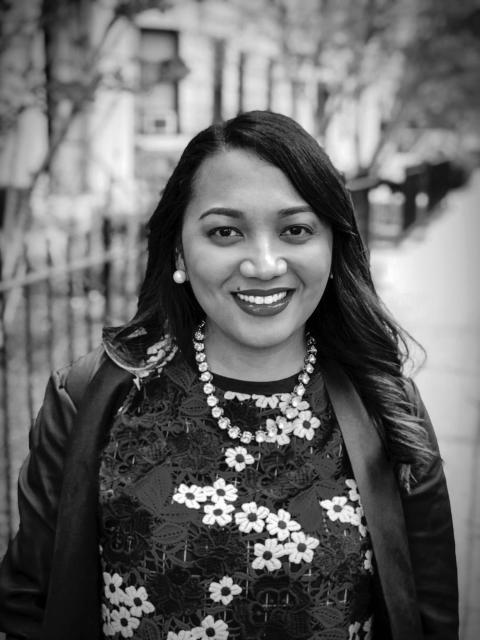
Rich Abante Moats B.M. ’07 M.A. ’19
AdventHealth, Moats says, now recognizes that music therapy benefits not only the patients, but also the business side of hospital care: “People are able to leave the hospital sooner if they receive music therapy. Patients that receive music therapy score their experience higher than others.”
AdventHealth is one of many health care institutions around the country that have embraced music therapy in recent years. In Boston alone, there are now eight music therapists at Children’s Hospital and six at Massachusetts General Hospital; both programs made this expansion in the last 10 years. In 2017, the National Institutes of Health collaborated with the John F. Kennedy Center for the Performing Arts and the National Endowment for the Arts to form the SoundHealth initiative to provide $20 million for music therapy research.
Thanks to years of studies supporting music therapy’s benefits, demand for music therapy is growing in a variety of clinical and community settings. A half-century of effort by board-certified professionals is finally codifying the practice and demonstrating its impact on concrete health outcomes.
The field now abounds with well-paid clinical positions, and a handful of states are licensing music therapists beyond the expected board certification. “The music therapy field is flourishing,” says Joy Allen, chair of Berklee’s Music Therapy Department.
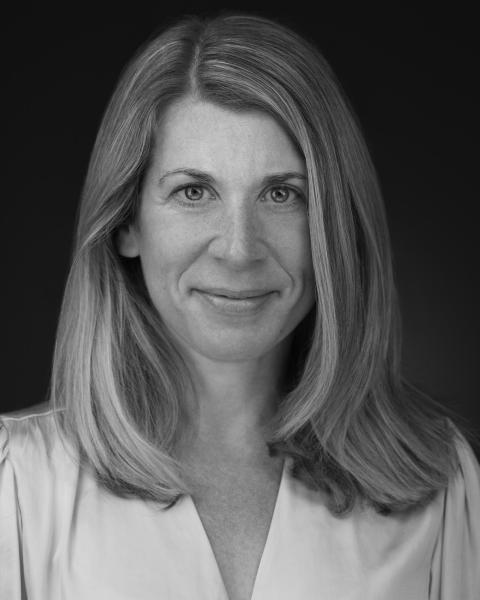
Joy Allen
According to a September 2022 report by consulting firm SkyQuest Technology, the American Music Therapy Association estimates that the demand for music therapy in the U.S. has doubled in the last five years. The report also notes that U.S. Bureau of Labor Statistics numbers indicate there was a 17 percent increase in job openings for music therapists during roughly the same period.
Music therapy effects positive changes in patients’ well-being by involving them in live music-making. The music, often improvised, is made using a wide variety of instruments—including guitars, ukuleles, percussion instruments, keyboard, and the voice. It draws on a range of genres and styles, as patients are encouraged to use their own natural musicality to express themselves and to connect with others. Through this music, therapists teach relaxation, techniques to cope with pain, and tools for managing stress and chronic illness. The therapy can be particularly helpful in getting patients to process emotions that they are unable to express in words. The work can be done individually or in groups, depending on need.

Suzanne Hanser
“Music affects areas of the brain well beyond cognitive areas, including parts that affect mood, feeling, and emotion,” says Suzanne Hanser, chair emerita of Berklee’s Music Therapy Department. “Music therapists can focus on these areas to develop new pathways in the brain.”
The field is also benefiting from a cultural shift in medicine: a growing awareness of the value of a patient’s quality of life. “As science has advanced in terms of ‘curing’ and mitigating some of the losses from illness, it mandates more opportunities for behavioral health and rehabilitation sciences,” Allen says. “This shifts the emphasis to discovering what is meaningful for an individual and finding therapeutic means to help them meet health challenges they need to learn to live with.”
Researchers and educators like Hanser are playing a critical role in continuing to establish the practice. She wrote a seminal music therapy textbook, The Music Therapist’s Handbook, in 1988, founded Berklee’s Music Therapy Department in 1995, and chaired it from 1996 to 2015.
“These last 10 years, the biggest change was that we went from the Western medical disease model—the whole idea of the disabilities, the disease of [people] who had so many abilities,” Hanser says. “Now we’re moving far away from diagnostic categories and disabilities and looking at the whole person.”
As research began to show positive health outcomes associated with practices such as meditation, yoga, acupuncture, and traditional Chinese medicine, the science of mind-body medicine has grown, and music therapy is part of it, Hanser says.

Noa Ferguson B.M. ’09
The practice is also finding stronger footing in public schools. Noa Ferguson B.M. ’09 is in her 11th year of providing music therapy to schoolchildren as cofounder of Spectrum Creative Arts in Rochester, New York. Her team of five music therapists serves 50 schools in 12 districts.
“In the past 10 years that I’ve been a clinician, music therapy has become a licensed profession at the state level in a handful of states across the U.S.,” Ferguson says. (All U.S. music therapists share a board-certification credential.) “Here in Rochester, music therapy has started to become a household term that caregivers know to advocate for within their school districts and education systems.”
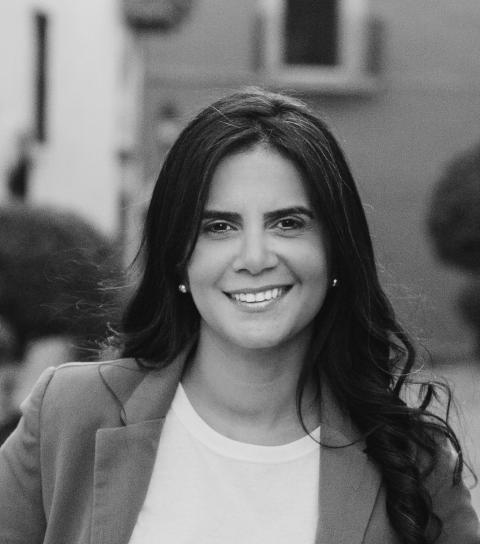
Marlén Rodriguez-Wolfe B.M. ‘08
As awareness of the field increased, its applications have broadened. “The field started changing for me as soon as I stepped into clinical practice in 2004,” says Marlén Rodríguez-Wolfe B.M. ‘08, who works as chief executive officer for the Ukulele Kids Club, a Florida group that uses music to improve the well-being of medically fragile children. “Seeing the clinical work being done in hospitals, treatment centers, and community centers around Massachusetts, which was not yet reflected in the literature, was very exciting. Therapists were adapting and changing interventions we once thought were rigid to help clients achieve things in music they never thought possible before.”
Meanwhile, advances in neuroscience have allowed researchers to better measure the effects of music therapy on the brain. The Music in Neurodynamics (MIND) Lab at Northeastern University, for example, recently used brain imaging to demonstrate the brain’s auditory and reward systems working closely together when stimulated by music.
“Brain imaging has shown that the areas of auditory memory—in other words, memory for sounds and music—are distinct from the areas that are particularly affected by diseases like Alzheimer’s,” Hanser says. “The areas of the brain that preserve music are active, which accounts for the many anecdotal reports we had for people in nursing homes who suddenly start singing all the words to a song when they haven’t talked in years. When we have that kind evidence, it’s really hard to justify not providing it, because that area is still intact.”
Such discoveries are part of what prompted a redesign of Berklee’s music therapy program under Allen. In 2018, the college launched the Berklee Music and Health Institute to focus on clinical research in music therapy, and last year the Center for Music Therapy at Berklee was established to advance community-based approaches. This fall, Berklee launched a minor in music and health so that students can explore the intersections between music, health, and overall well-being, including professional opportunities for engaging in the disciplines.
“It feels like opportunities have expanded significantly in just seven years,” Hanser says. The field continues to grow as music therapists help heal patients, one by one, and researchers explore how music is processed by the brain. “What’s the mechanism behind why music does this to people?” she asks. “That’s fascinating to everybody.”
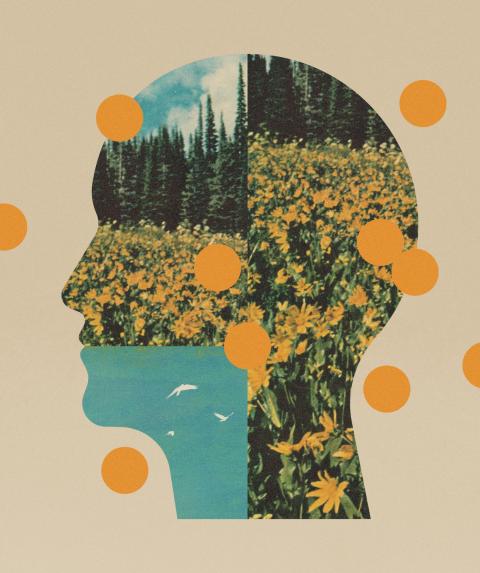
This article appeared in the fall/winter 2022 issue of Berklee Today.
